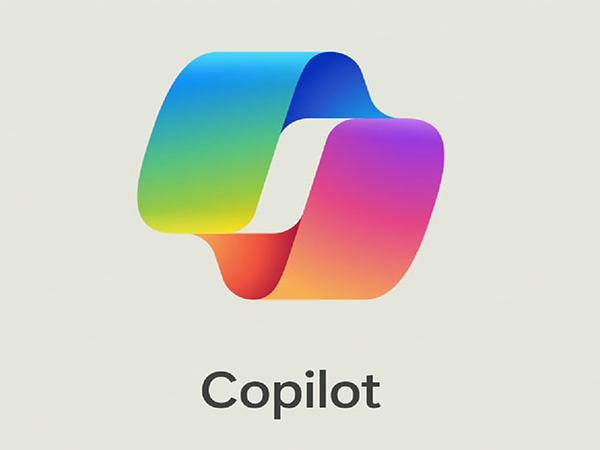- AI copilots are transforming how we work and create.
- These intelligent assistants enhance efficiency and creativity.
Artificial Intelligence (AI) copilots are sophisticated digital assistants designed to aid users in various tasks, enhancing productivity and creativity. These AI systems leverage machine learning to understand context and provide relevant support, making them invaluable tools in today’s digital landscape.
1. Introducing AI copilots
AI copilots are advanced AI-driven assistants integrated into software applications to help users navigate complex tasks with ease. They use natural language processing (NLP) and machine learning algorithms to interpret user input, offering suggestions, automating processes, and even creating content.
2. How do AI copilots work?
AI copilots function by analysing user behaviour and context to offer pertinent assistance. For instance, in coding environments, AI copilots like GitHub Copilot provide code suggestions and complete code snippets based on the programmer’s intent. They continuously learn from user interactions, improving their accuracy and relevance over time.
3. Why are AI copilots important?
The importance of AI copilots lies in their ability to enhance productivity and streamline workflows. They reduce the cognitive load on users by automating repetitive tasks, providing creative suggestions, and enabling faster decision-making. For example, in content creation, AI copilots can draft emails, generate reports, and even assist in designing graphics, allowing professionals to focus on more strategic aspects of their work.
Also read: AI transformation: AI for digital transformation
Also read: AI: Revolutionising the world as we know it
Further information
Pros and cons
AI copilots come with numerous benefits, including increased efficiency, improved accuracy, and the ability to handle mundane tasks, freeing up time for more critical activities. However, there are also challenges, such as potential over-reliance on AI, data privacy concerns, and the need for continuous updates to maintain effectiveness.
Real-world examples
A notable example of an AI copilot is Microsoft’s integration of Copilot into its Office suite. This AI assistant helps users by generating content, summarising documents, and providing data insights. Another example is Adobe’s Sensei, which aids in graphic design by offering creative suggestions and automating repetitive tasks.
Opinion
The advent of AI copilots marks a significant shift in how we approach our daily tasks. These intelligent assistants are not just tools; they are partners in our creative and professional journeys. They empower us to achieve more by handling routine activities and providing insights that would otherwise require substantial effort.
Reflecting on the transformative potential of AI copilots, I am excited about the future they promise. Their ability to learn and adapt to our needs makes them indispensable in an increasingly digital world. As someone who thrives on efficiency and innovation, I find AI copilots to be a thrilling development that enhances both productivity and creativity. Embracing these advancements is not just about keeping up with technology; it’s about unlocking new levels of human potential and achievement.

